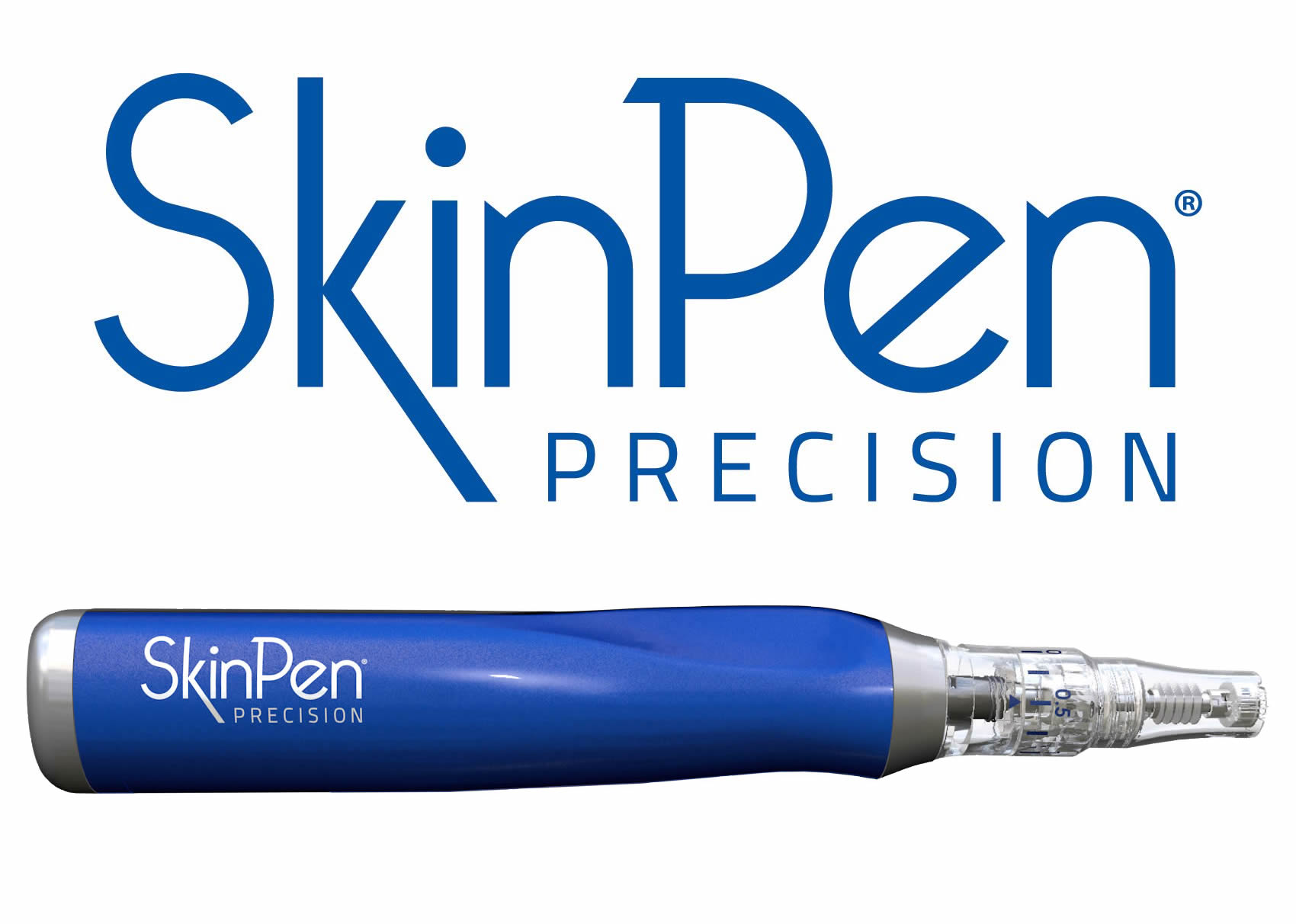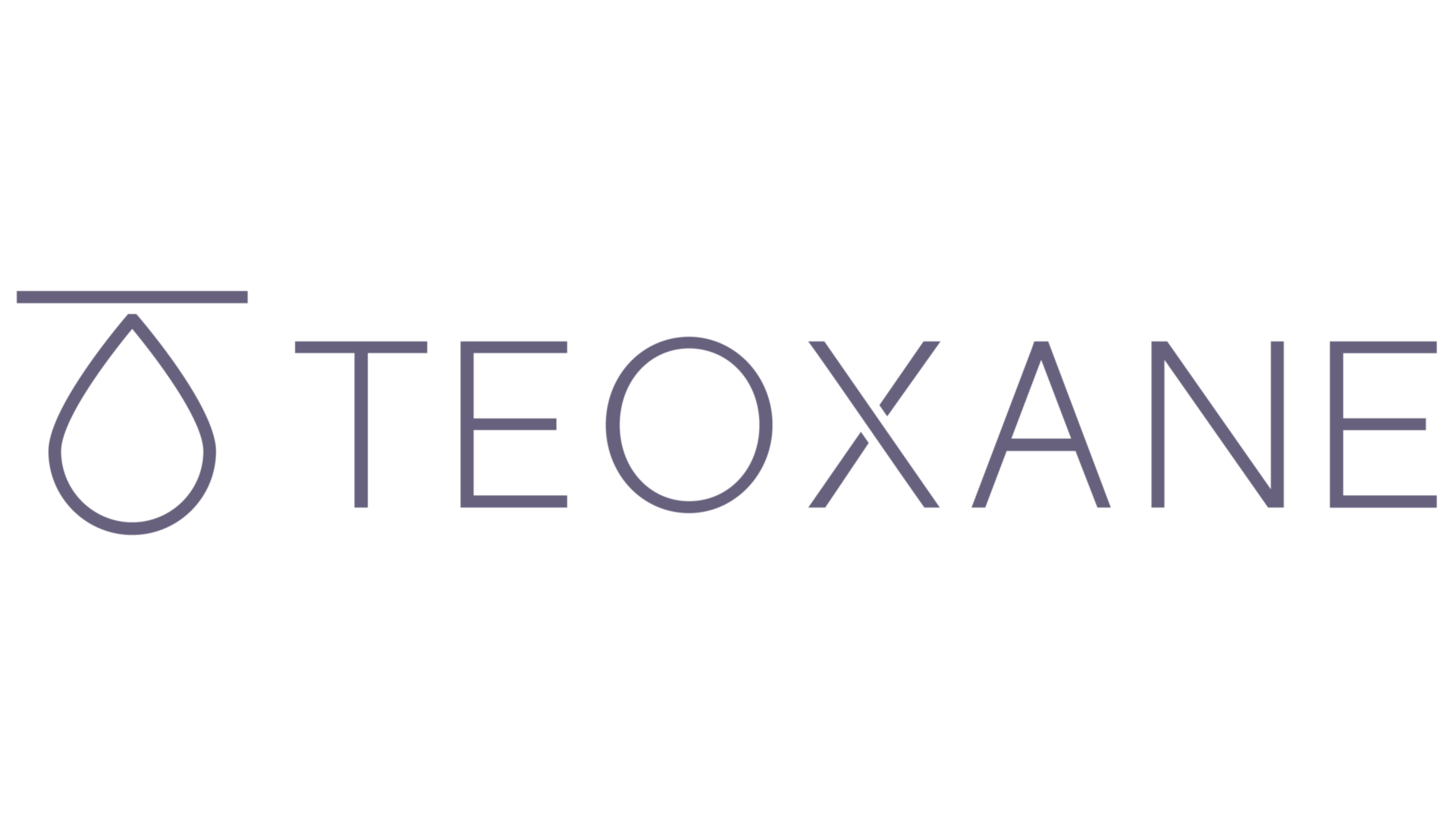Dermal fillers are one of the most popular choices when it comes to non-surgical, rejuvenating treatments. They can restore volume, plump lips, contour cheeks, chin and jawline, redefine noses, reduce lines, and refresh the undereye area.
Whilst their popularity continues to rise and the treatments become more advanced and results even greater, some women have bad, traumatic experiences as a result of a botched cosmetic procedure. This ranges from a noticeable lump of filler, to filler migration, cosmetic asymmetry, infection, or worse case scenario, necrotic skin and permanent disfigurement.
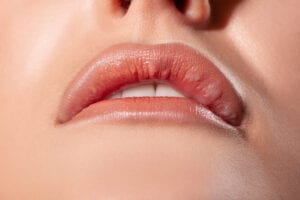
Whilst all medical procedures carry some risk, in the UK there are no strict laws or regulations around aesthetic procedures such as dermal fillers. This means you do not need to hold a medical license in order to inject filler into someone’s face, anyone can do it. So what can be a very safe, very effective procedure, can, in the wrong hands, lead to major complications.
Unfortunately, this is what gives the aesthetics industry and bad name, and also, understandably, causes anxiety and fear amongst the general public.
For these reasons, if you are looking to get some filler treatments, it’s important you do your research and put yourself in the hands of a qualified medical practitioner. An aesthetic doctor like myself has a thorough understanding of facial anatomy and knowledge of dermal filler treatments. Therefore the risk of complications is much lower. However, if a complication does occur, they are more likely to be able to sort it out without letting it turn into a serious problem.
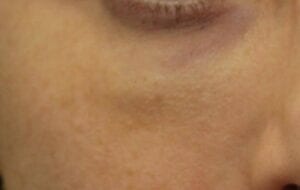
How can you get rid of dermal filler?
Dermal fillers are made of hyaluronic acid, a substance found naturally within our body. Your body breaks down the hyaluronic acid using an enzyme called hyaluronidase over a period of time (normally between 6 to 18 months).
Synthetic hyaluronidase (Hyalase) can be injected and used to dissolve hyaluronic acid filler (see reasons above). It acts fast, beginning to break down hyaluronic immediately after being injected. Some dermal fillers are more difficult to dissolve than others, or if the filler was originally injected a longer time ago, it can take a couple of hyaluronidase treatments, spaced over the course of a few days or even a few weeks, to fully dissolve the filler.
Hyalase can be used to remove dermal fillers altogether or reduce the amount of filler in a particular area.
You will see a noticeable, significant improvement straightaway.
Hyaluronidase injections can only be administered by a medical practitioner – it is a prescription medication. This is another reason why you should seek dermal filler treatment from a doctor – beauty therapists and non-prescribers cannot dissolve your filler as they cannot buy Hyalase. In an emergency situation, this could be catastrophic.
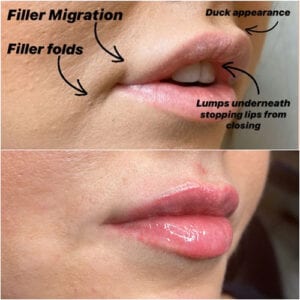
Are there any risks to dissolving my filler?
As with filler injections, hyaluronidase also comes with risks. Injecting Hyalase will not only remove the filler and its unwanted effects, but it also interferes with the hyaluronic acid found naturally within your skin. This can lead to the area looking more deflated than before with increased skin laxity. It can also look asymmetrical if just one side of your face is treated.
The area should return to its pre-filler state over a couple of months as your own hyaluronic acid, collagen and elastin stores are repleted.
It is can also be painful and sting when injected. Local anaesthetic cream is usually applied 20-30 minutes before your treatment to reduce these symptoms. Afterwards your skin may look red, swollen, be bruised, and the area feel tender. These symptoms should subside within a few days.
I have heard you need a patch test, what is this?
Like with all medicines, there is a risk of allergy to Hyaluronidase. Therefore a ‘patch test’ is performed prior to dissolving your filler to check that you are not allergic. This involves injecting a very small amount of Hyalase into your forearm, along with second injection of normal saline in an area close by. You then wait for up to 30 minutes to make sure there is no allergic reaction to the Hyalase before proceeding to dissolve the filler.
Hyaluronidase is also found in bee venom so if you are allergic to bee stings, you may find that you’re also allergic to hyaluronidase meaning that it might be unsafe to dissolve your filler. It is important that you tell your practitioner before all treatments about any allergies.
Finally, bear in mind that hyaluronidase is not licensed as a filler-dissolving substance. Its use is permitted to treat serious complications, like the ones listed above, and provided that it is in the best interest of the client and with full, informed consent.
When can I have new dermal filler treatment?
If you wish to have new dermal filler treatment you should wait at least 2 weeks to ensure that there is no synthetic hyaluronidase present in your skin which could dissolve the new filler when it is in injected.
That is also sufficient time for any swelling, bruising, tenderness etc from the Hyalase to resolve, optimising conditions for your aesthetic practitioner to inject and give you a great dermal filler result.
For more information about dermal filler treatments, please get in touch or book your appointment here.






